 | James B. Dodd - Arithmetic - 1850 - 278 pages
...109152.j 1037 17!-7il»:« 21181 10'! l9730741'J,D2.ji64:i Ml 1013 112 1277 U23:153l!lU57 1789!1949 20M RULE XI. § 74. To resolve a COMPOSITE number into...resolve 210 into its prime factors. 2)210 3 )~1 0 5 5)35 7 The prime divisor 2 resolves 210 into 2X105 (§ 66). The divisor 3 resolves 105 into 3X35 ;... | |
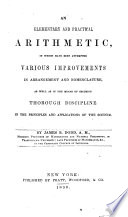 | James B. Dodd - Arithmetic - 1850 - 276 pages
...1511 1409 1523 1423' 1531 16271783 1637 1787 1657 1789 1931 2069 1933 2081 19492083 757 761 877 881 RULE XI. § 74. To resolve a COMPOSITE number into...number. EXAMPLE. To resolve 210 into its prime factors. 2 )2 1 0 3 )~1 U 5 5~73_5 7 The prime divisor 2 resolves 210 into 2X105 (§ 66). The divisor 3 resolves... | |
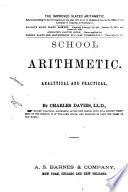 | Charles Davies - 1852 - 344 pages
...prime number that will exactly divide it, and so on, till a quotient is found which is a prime number ; the several divisors and the last quotient will be the prime factors of the given number. NOTE. — It is most convenient, in practice, to use the least prime number, which... | |
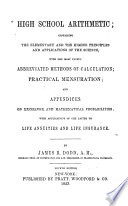 | James B. Dodd - 1853 - 398 pages
...and so on, until the quotient becomes a prime nwhiber. 2. The several divisors and the last quolicnl will be the prime factors required. 3. If the given...number. EXAMPLE. To resolve 210 into its prime factors. 2 )2 1 0 3) 1 U 5 5)35" 7 The prime divisor 2 resolves 210 into 2X105 (§ 66). The divisor 3 resolves... | |
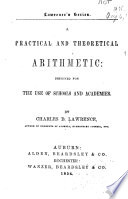 | Charles D. Lawrence - Arithmetic - 1854 - 336 pages
...of which it is a multipleProceed in this manner till a quotient is obtained which is a prime number. The several divisors and the last quotient will be the prime factors required. In the application of this rule, the pupil may find it convenient to consult the following table, which... | |
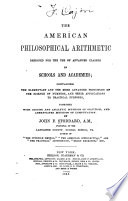 | John Fair Stoddard - Arithmetic - 1856 - 312 pages
...manner. and so continue dividing until the quotient obtained is a prime number. Then, a unit, 2)36 the several divisors,^ and the last quotient will be the prime factors required. Proceeding, thus, we find 2)18 the prime factors of 144 to be 1, 2, 2, 2, 2, 3, and 3. 3)9 « 3 s^... | |
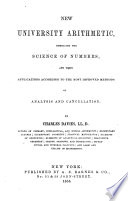 | Charles Davies - Arithmetic - 1856 - 450 pages
...any prime number that will exactly divide it, and so on, till a quotient is found which is prime ; the several divisors and the last quotient will be the prime factors of the given number. NOTE. — It is most convenient, in practice, to use at each division the least... | |
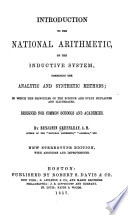 | Benjamin Greenleaf - Arithmetic - 1857 - 336 pages
...number, in the same manner ; and continue dividing until a prime number is obtained for a quotient. The several divisors and the last quotient will be the prime factors required. NOTE. — The composite factors of any number may be found by multiplying together two or more of its... | |
 | Benjamin Greenleaf - Arithmetic - 1857 - 452 pages
...number, in the same manner; and so continue dividing, until a prime number is obtained for a quotient. The several divisors and the last quotient will be the prime factors required. NOTE 1. — The composite factors of any number may be found by multiplying together two or more of... | |
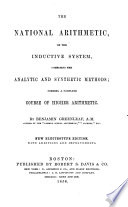 | Benjamin Greenleaf - Arithmetic - 1858 - 458 pages
...number, in the same manner; and so continue dividing, until a prime number is obtained for a quotient. The several divisors and the last quotient will be the prime factors required. NOTE 1. — The composite factors of any number may be found by multiplying together two or more of... | |
| |